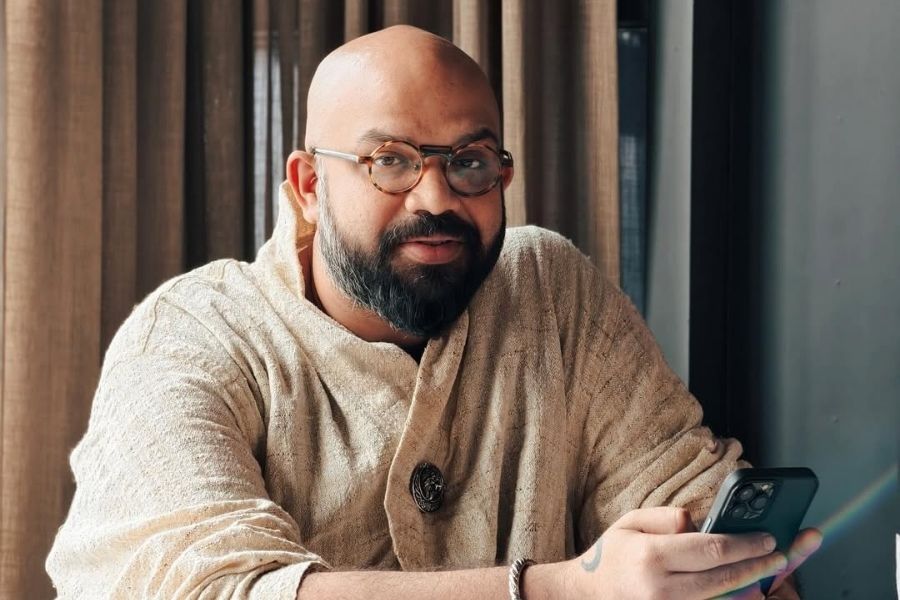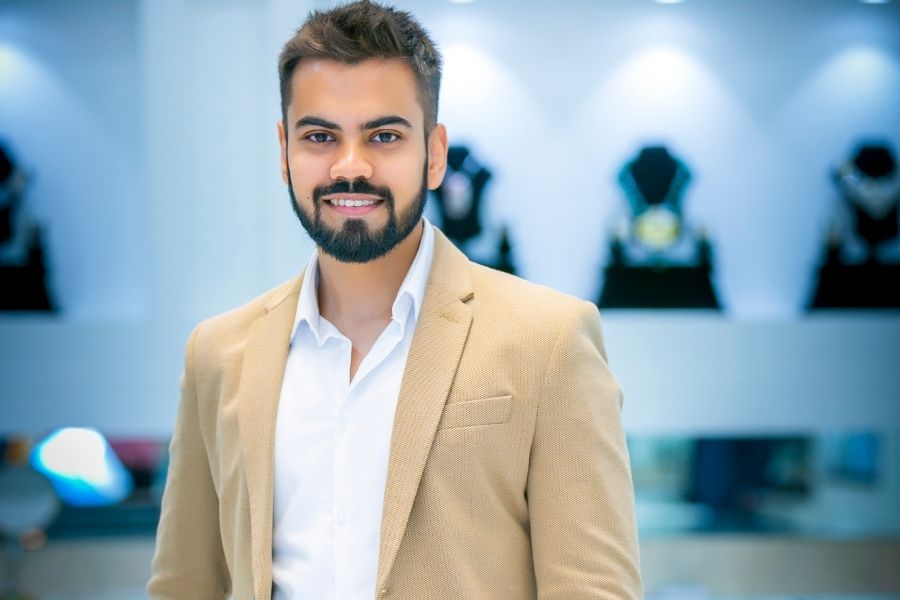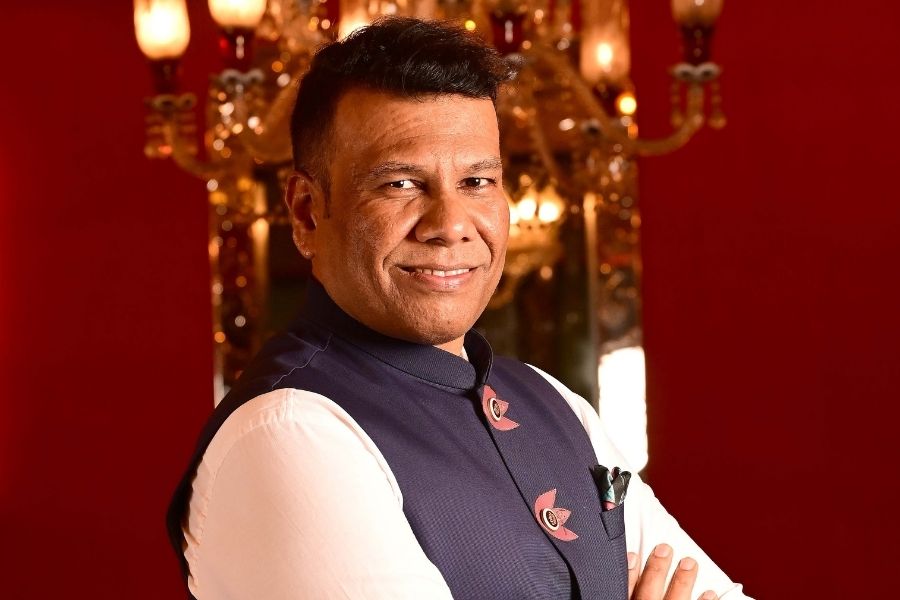Artificial Intelligence is reshaping industries across the globe, and the world of fashion and jewellery design is no exception. From concept generation to refining design, AI promises efficiency and innovation. But, as designers in Kolkata are discovering, the real challenge lies in blending the precision of machines with the emotion and individuality that define true craftsmanship.
“For me, AI might give you a vision of how a design would actually look, but it lacks emotional depth. AI-generated designs study my style variations and replicate something similar, but the soul of it is missing. It’s not my creation,” said Abhisek Roy, fashion designer and owner of Roy Calcutta.
Roy has deliberately chosen to keep his creative process untouched by AI tools. “I haven’t used AI for any of my designs yet. What I create comes from emotion — something an algorithm can’t feel or express. People come to a designer for that human connection, not for a system-generated visual, he said.

Abhisek Roy, fashion designer and owner of Roy Calcutta, has deliberately chosen to keep his creative process untouched by AI tools
However, Roy is also realistic about the impact AI might have on the industry. “It will affect employment. Design generation is becoming easier with AI, reducing the need for a large creative workforce. It may not replace designers completely, but it will definitely shift the dynamics, especially in the early stages of design.”
Designer Rohan Pariyar echoes a similar sentiment. “Fashion thrives on originality and emotion — things that AI can't truly replicate. Yes, it helps us study textiles and patterns or calculate material requirements, but it’s no substitute for human intuition. We still rely on our own aesthetics to render designs.”

‘AI is no substitute for human intuition. We still rely on our own aesthetic sense to render designs,’ says designer Rohan Pariyar
In contrast, the jewellery industry in Kolkata seems more open to embracing AI — but with caveats.
“We use AI as a strategic support tool, not a replacement for creativity. It helps us decode trends and understand regional preferences, which allows our team to think more intuitively. But the real magic happens at the artisan’s bench,” explained Pratik Dugar, director of Indian Gem & Jewellery Creation.
According to Dugar, the human touch remains irreplaceable. “Jewellery is deeply personal. AI can visualise and refine, but the soul of a piece comes from the karigar — the craftsman. No algorithm can match the emotion or expertise they bring.”

‘We use AI as a strategic support tool, not a replacement for creativity,’ said Pratik Dugar, director of Indian Gem & Jewellery Creation
Abhishek Kajaria, founder of Avama Jewellers, also sees AI as a collaborator rather than a disruptor. “We leverage AI to optimise our design process and understand customer preferences. It automates repetitive tasks and gives our designers more space to innovate,” he said.

‘AI automates repetitive tasks and gives our designers more space to innovate,’ says Abhishek Kajaria, founder of Avama Jewellers
But like others, Roy is clear that the final product must carry the essence of traditional craftsmanship. “While AI adds precision, the emotional connection comes from our artisans. Our brand is built on heritage, and AI just helps us enhance that, not erase it.”
Both Dugar and Roy agree that AI is pushing the boundaries of what's possible in design, but not at the cost of identity. “It hasn’t changed who we are. It’s simply a tool that helps us grow more confident in our innovation,” said Dugar.
